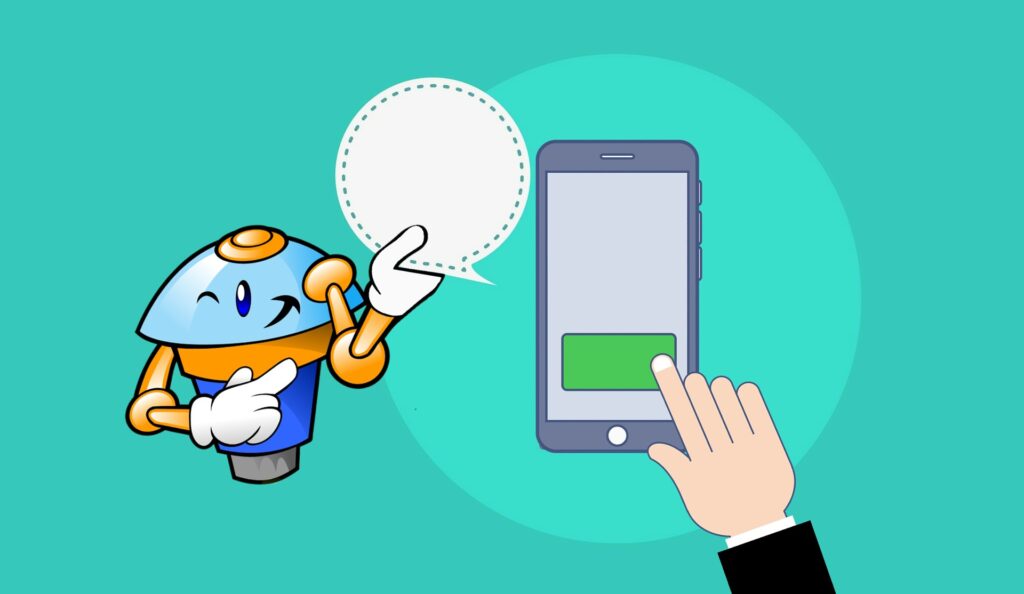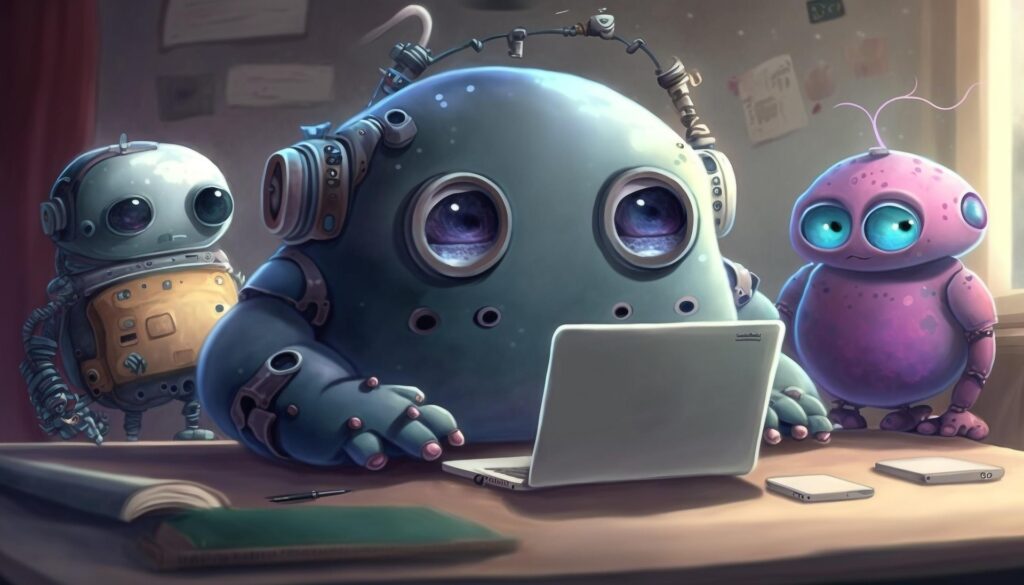
Introduction
In today’s digital-first world, chatbots have become a pivotal part of enhancing the customer experience. These AI-powered virtual assistants are revolutionizing the way businesses communicate with their audiences by offering real-time, personalized support. From boosting engagement to resolving queries instantly, AI chatbots are redefining digital customer service trends. This blog explores how modern chatbots are reshaping customer interactions and elevating user satisfaction.
The Evolution of Chatbots
Chatbots made their debut in 1998, developed by Rollo Carpenter. Initially, they were built on basic scripted dialogues. However, with advancements in artificial intelligence (AI) and natural language processing (NLP), today’s chatbots are intelligent, intuitive, and capable of conducting meaningful conversations. These AI-driven tools now play a critical role in delivering a seamless and engaging customer journey across digital platforms.
Key Benefits of Chatbots in Customer Experience
✅ 24/7 Availability
One of the top advantages of using chatbots for customer support is their round-the-clock availability. Unlike human agents, chatbots don’t require breaks, ensuring customers get immediate assistance anytime, day or night—crucial in a global, always-on digital marketplace.
⚡ Instant Response Times
In an age of instant gratification, quick response time is essential. Chatbots can handle queries instantly, reducing customer wait times and improving overall satisfaction. By managing routine interactions, they also allow human support teams to focus on more complex tasks.
💸 Cost-Efficiency for Businesses
They can handle thousands of queries simultaneously, making them a cost-effective customer support solution. Businesses benefit from lower operational costs while customers enjoy uninterrupted support.
⏱️ Faster Resolution Times
By responding to multiple inquiries at once, chatbots significantly cut down response times. This not only speeds up resolution but also ensures customers receive accurate and consistent information without unnecessary delays.
📦 Handling Routine Inquiries

Chatbots are ideal for addressing frequently asked questions, order tracking, booking confirmations, and more. Automating these repetitive tasks improves efficiency and frees up human agents for higher-priority support issues.
🔄 Seamless Escalation to Human Agents
When a situation demands human intervention, advanced chatbots can seamlessly transfer conversations to live agents. This ensures a smooth, frustration-free experience for users who need more in-depth support.
Personalized Interactions: Creating Tailored Customer Journeys
📊 Data-Driven Personalization
Chatbots use real-time customer data to deliver experiences that feel relevant and customized. This builds brand credibility and trust, encouraging repeat interactions and improved loyalty.
🧠 Contextual Understanding
Thanks to advanced machine learning algorithms, modern chatbots understand the context of conversations. This enables them to provide intelligent suggestions, personalized product recommendations, and timely responses based on user intent.
Final Thoughts
As customer expectations evolve, businesses must adopt intelligent solutions like AI chatbots to deliver exceptional service. From personalized customer experiences to real-time problem resolution, chatbots are setting new standards in digital customer engagement. Integrating chatbot technology into your business is no longer just a trend—it’s a strategic move toward long-term customer loyalty and brand success.
Proactive Engagement with Chatbots
Chatbots are dynamic digital tools that enhance customer interactions by delivering tailored content based on user behaviors, preferences, and interests. Their ability to proactively engage users makes them a key asset in driving customer satisfaction and boosting conversion rates.
Consistent Customer Experience Across All Channels
One of the key strengths of chatbots in customer experience is their ability to deliver consistent communication across multiple platforms—be it websites, social media, or mobile apps. This consistency ensures that users receive a unified brand experience, no matter which digital touchpoint they use.
Best Practices for Implementing Chatbots in Customer Service
🎯 Set Clear Goals
Before deploying chatbots, businesses should define specific objectives. Whether it’s to improve response time, increase engagement, or drive sales, clear goals provide direction and measurable outcomes.
💻 Choose the Right Chatbot Platform
Selecting a chatbot platform that aligns with your business model and technical setup is essential. A well-suited platform improves customer engagement, supports omnichannel service, and ensures seamless integration with your existing systems.
📚 Build a Robust Knowledge Base

The success of any chatbot lies in the quality of its knowledge base. Developing a comprehensive and regularly updated database of FAQs, product information, and service details empowers your chatbot to deliver accurate and helpful responses.
📈 Monitor and Optimize Performance
Track chatbot performance through analytics and user feedback. This data helps identify what’s working and what needs improvement, enabling ongoing optimization for better engagement and higher customer satisfaction.
Key Applications of Chatbots in Customer Experience
🤖 Customer Support
Chatbots streamline customer service by addressing common queries, processing requests, and providing timely solutions. Their ability to handle multiple inquiries at once reduces wait times and improves service efficiency.
📈 Sales and Marketing Support
In marketing and sales, chatbots assist in nurturing leads by answering pre-purchase questions, recommending products, and guiding users through the buying process. They also help craft personalized marketing messages and campaigns that resonate with potential buyers.
📝 Feedback and Surveys
Gathering customer feedback is vital for business growth. Chatbots can facilitate quick and convenient feedback collection through surveys and ratings, helping brands understand customer satisfaction and areas for improvement.
👩💼 Personal Assistants
Modern chatbots function as digital personal assistants, helping users manage tasks like booking appointments, setting reminders, and making reservations. Integrated with wearable tech like smartwatches, they also help users stay informed about their daily schedules and habits.
Conclusion
Chatbots are revolutionizing the customer experience by delivering instant support, personalized engagement, and consistent interactions across channels. From managing inquiries to assisting with purchases and gathering feedback, their versatility enhances both user satisfaction and operational efficiency. As more consumers turn to digital interactions, businesses that embrace chatbot technology are better positioned to stay competitive, agile, and customer-centric.